User Survey: All you need to know to conduct a UX Survey

Nowadays, the frequently asked question is that "How can we design the perfect UX Survey for our products and services? Nothing is perfect in life. But we can use the accumulated knowledge and experience to create a better questionnaire. And such questionnaires will give us the necessary knowledge about our users because they will be more comfortable to pass.
A user survey is undoubtedly an important part of the product cycle, whether we're launching a new product, adding a new feature, or improving an existing one. User Surveys are effective for collecting feedback on a live product, studying a company's USP, contextual research, clarifying a new feature, reducing the risk of making the wrong choice.
"UX surveys are a fast and relatively easy way to get data about your current and potential users. But it is also a risky method because if the questions are incorrectly formulated, the results will be useless or even create the wrong picture".
How to Design a User Survey?
let's discuss some of the things to keep in mind when designing user surveys:
1. Determine the purpose of the survey
Which question do you need the most answer? Each survey should have only one goal. Don't try to learn many things at once. If necessary, conduct interviews with all stakeholders to prioritize goals and turn the main goal into an accurate survey.
2. Define your target audience
Don't show the survey to anyone and everyone: segment it. Determine how many responses you want to collect and how long it takes. Don't stress users out - remove the survey as soon as you collect enough data.
3. Start the survey
Make sure everything is working as it should be and the first responses have started to be collected in the results collection form.
4. Don't ask too many questions
It's always tempting to ask something else. This is bad. A good survey should have 4-5 questions - no more.
5. Arrange the questions in a logical order
Ask questions that are close in meaning consistently. Group the questions if possible.
6. After creating your survey, do some technical training
You can find links to good tools above. When everything is ready, take the survey yourself, evaluate the UX and look at the results collection form. For example: Do you get your answers? Is there anything else you can do to simplify the process of taking the survey?
7. Close the survey and analyze the data
Read all answers carefully. If you had many open-ended questions, try to group the answers to identify patterns.
The Best Tools for a User Survey
Without knowing the needs and expectations of customers, it is impossible to plan a business and optimize customer service. The best way to get quick, complete, and reliable feedback from customers is to conduct an online user survey. Online user surveys provide maximum information to the product manager. A user survey questionnaire helps to assess customer satisfaction, allows you to draw up an accurate portrait of the target audience, and identify problem areas in interaction with customers.
User survey questions are also ideal for quizzes, sweepstakes, and other marketing campaigns. There are a bunch of tools with which you can simply and beautifully design user surveys. We have listed below, the top online user survey tools.
1. Surveymonkey
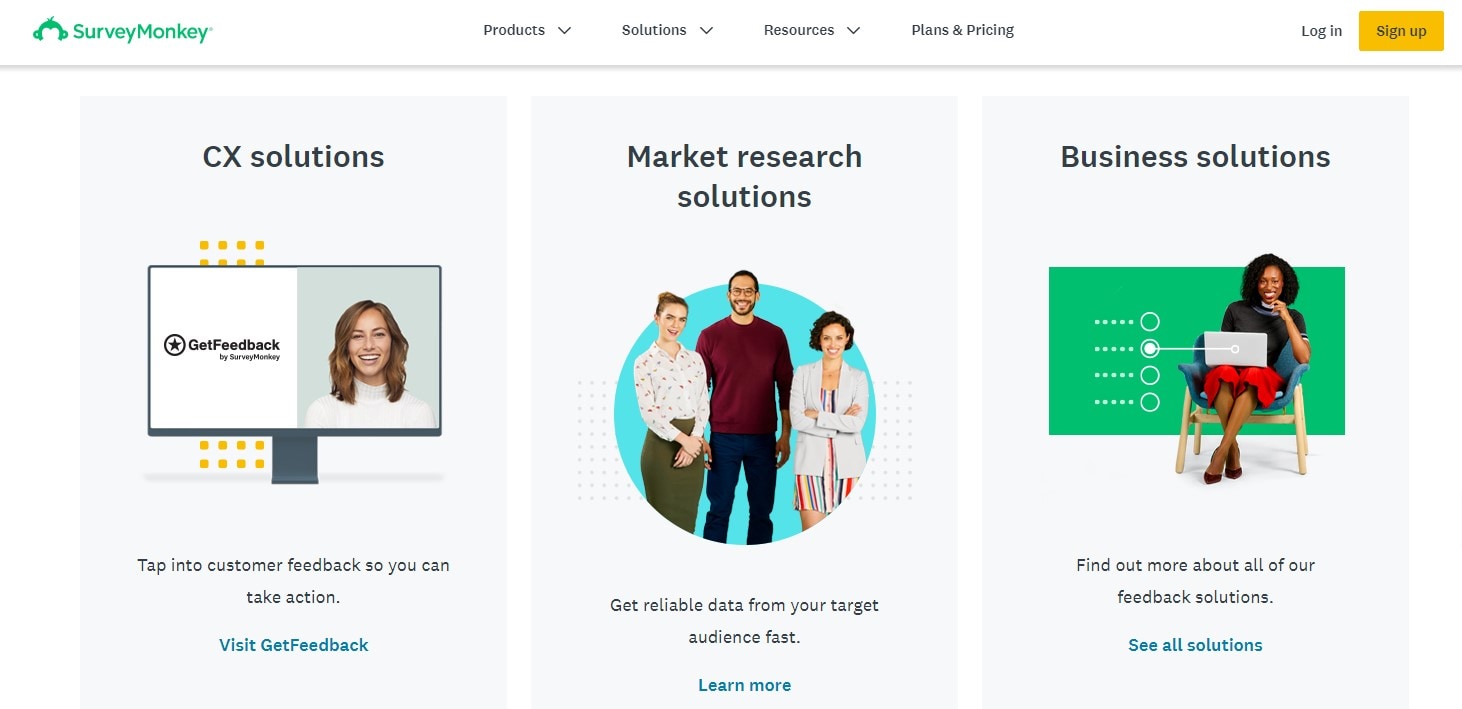
SurveyMonkey was one of the first to provide services for creating online surveys. But, today it has a huge number of users all over the world. Its free version has a limit, a maximum of 10 questions, and 100 respondents. On premium plans, surveys are unlimited.
2. Simpoll
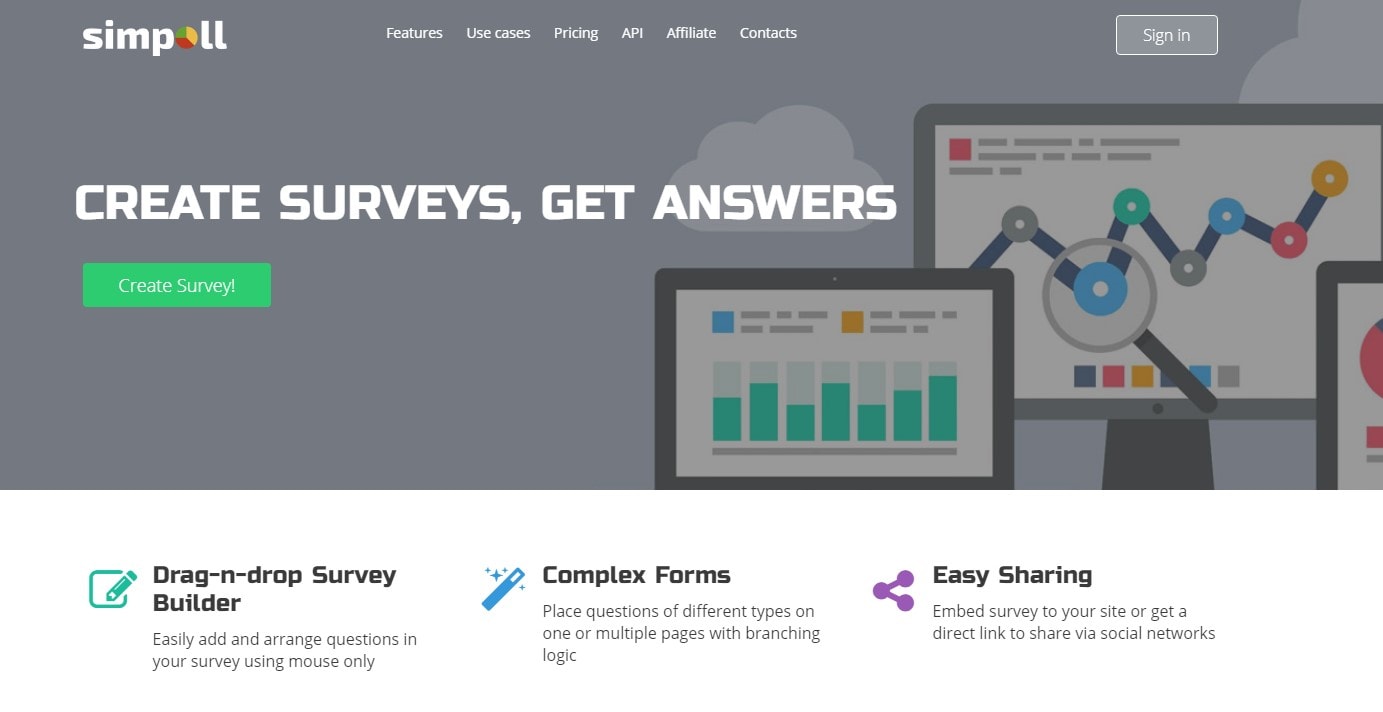
Simpoll is a convenient web platform with extensive functionality. Suitable for any purpose, from simple questionnaires to complex tests. The service generates a code that needs to be embedded on the page of your online store. The survey can be published on social networks, send a link to it by e-mail.
3. Google Forms
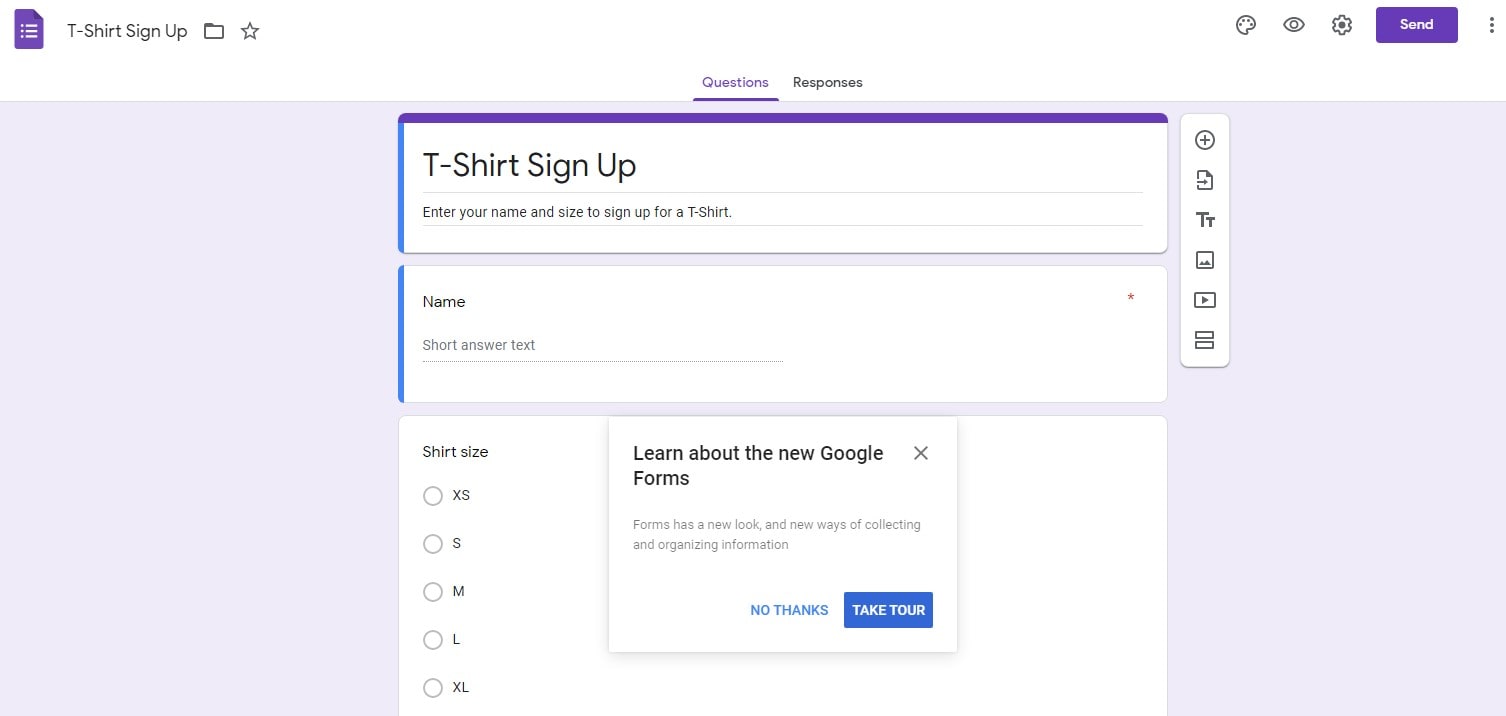
Google Forms is a free service that allows you to create any type of poll, from regular voting to written assignments. Here you can get the email addresses of your potential clients and use them for mailings in the future. You can create and edit questionnaires from a PC and smartphone. For the mobile version, you need to install the application.
4. Typeform
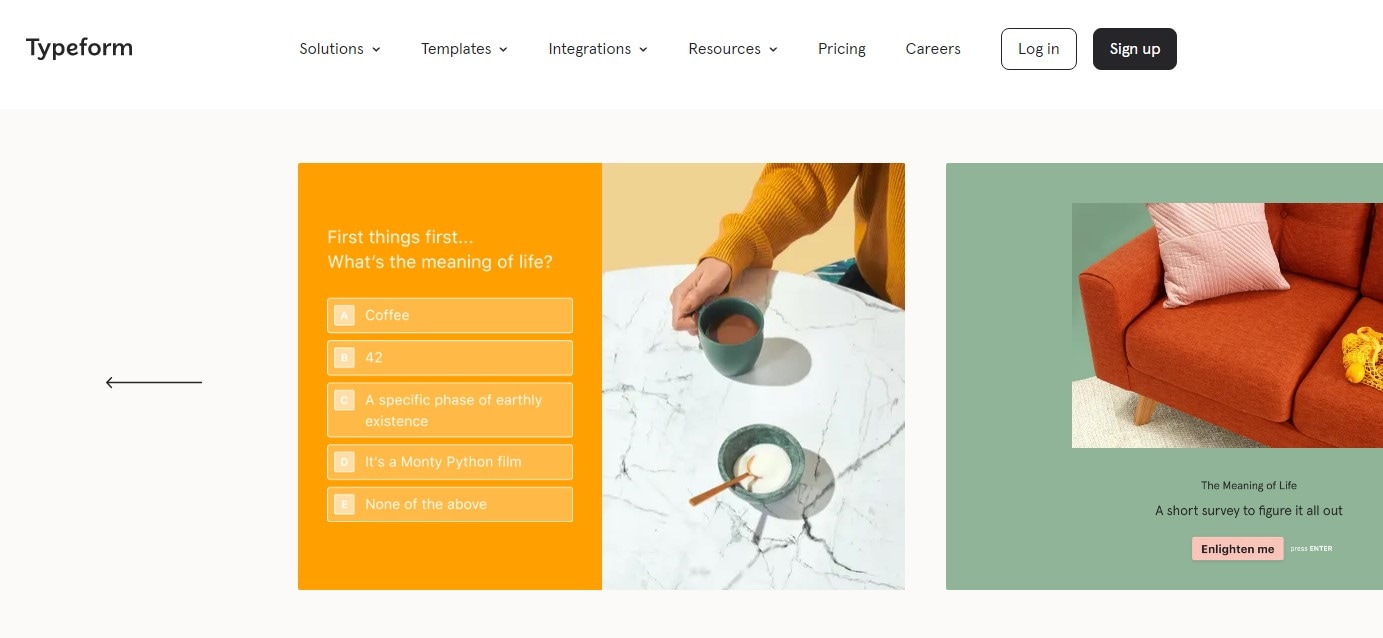
The platform is distinguished by the ability to create stylish forms: there are many design options available. It is a versatile information gathering tool that allows you to create polls and embed them on your site. An adaptive version for smartphones is provided. The developers mixed automatic forms with creativity and received a comfortable service for organizing questionnaires.
5. Survio
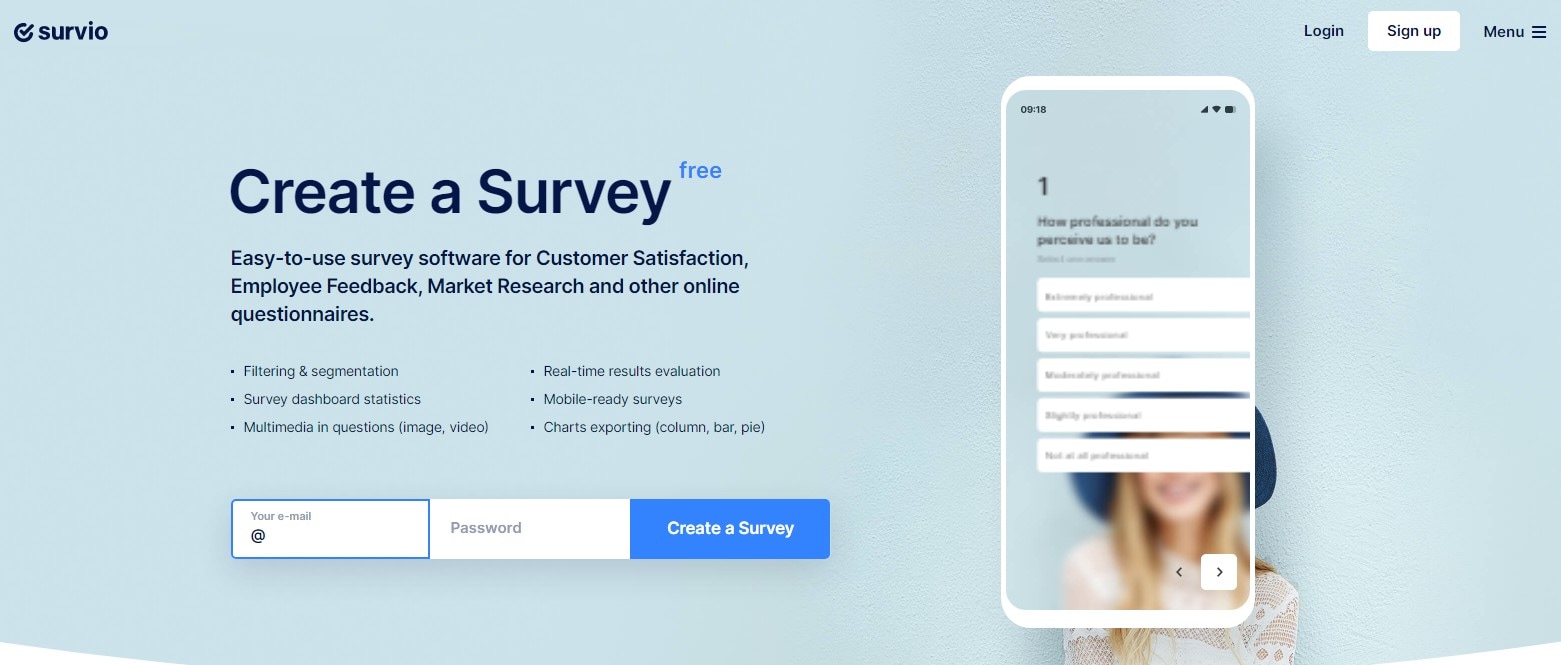
Survio has long been popular with marketers and product specialists. With its help, you can conduct any polls and tests: for this, there are 19 types of open and closed questions, over 100 ready-made templates.
Prepare a List of Powerful Questions
It is not easy to design a good questionnaire, but it is even more difficult to design a good user experience questionnaire. However, as a user researcher, it is easy to get started as long as you study gradually according to the rules and through continuous practice. You should remember that good questions will give you reliable answers that you can use later, but a bad question is data that will only confuse you. Questions in a survey can be closed-ended and open-ended. In closed questions, you need to choose the most appropriate answer option. These questions are good for generating statistics, easy to answer, and easy to measure.
Design simple and clear questions
Keep the wording, meaning, and context clear for all questions. If the respondent needs to clarify what about the question, it means that you did your job ineffectively. If your survey is going to be conducted in other regions or countries, consider adding support in your local language. Also, keep in mind that the questions will be different.
Design logical questionnaire
Some questions are not applicable to some users. It makes no sense to ask the user about the color of his bike if he previously answered that he does not own the bike. Try to apply logic when designing your survey so that users are not confronted with questions that are not intended for them.
One question, one topic
Avoid questions that contain two concepts. Don't get in the way of things. This is confusing and also degrades the quality of your data. For example, the question "How often do you shop for T-shirts and shoes?" Is the wrong question.
Focus on time, not number of questions
When testing for the first time and preparing questions, always remember: it doesn't matter how many questions you ask, it matters how long it takes to answer. Ask a question to get the right quality data and then the need for some of the questions will disappear.
Qualitative vs Quantitative UX Survey
Qualitative UX Survey
Focused on information related to product reputation, user-friendliness, relevance, etc. This data cannot be measured in numbers. They provide an opportunity to assess how consumers behave, explain why this is so, and help to adapt the product to their needs.
Quantitative UX Survey
Designed to analyze data in numbers: how many users visit the site, how often they perform certain actions, what functions they regularly use. This helps to formulate with the help of statistics how effective previous solutions were, which ones were popular and which were not.
When UX Research Is Needed
Obviously, a user research survey should always be done during or before the launch of a new product/app, and also in the process if you see any problems. For example, you unloaded analytics and saw users abandoning their cart. The answer to the question "why?" gives UX research. It is worth noting that UX research is not a story about "like your product or not," but about "whether it covers user needs or not."
UX Research Survey Answers Questions:
- what are they like your users;
- whether they like him or not;
- what their needs are;
- what they think is important about your product;
- whether they find it comfortable or awful.
Conclusion
A UX survey always seems to be the quickest and easiest solution, but in reality, it often turns out to be different. Many people do not even realize how biased and confusing they are at asking questions. As a result, it turns out that nothing useful can be extracted from the heap of data. As a conclusion, we suggest that you remember the 5 main rules of an effective user experience survey:
- Know the question you want an answer to.
- Understand why you need these answers.
- Choose the necessary methods and techniques.
- Estimate resources: money and time.
- Determine the conditions for conducting the research: where, when, with whom.
